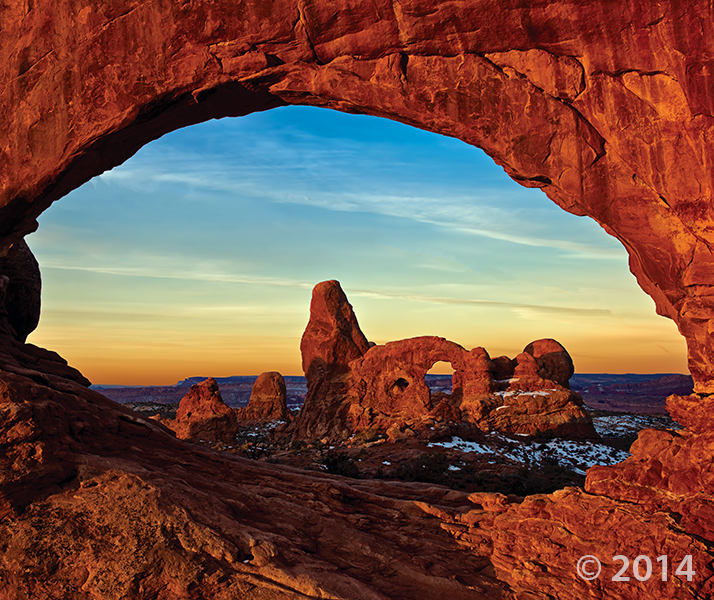 By: Hellmut H. Doelling and Paul A. Kuehne
By: Hellmut H. Doelling and Paul A. Kuehne
The Klondike Bluffs 7.5′ quadrangle covers a large part of Arches National Park and encompasses colorful bedrock strata ranging in age from Pennsylvania Paradox Formation to Cretaceous Mancos Shale. Salt diapirs are common throughout the area, and the Salt-Cache Valley Salt Structure is the most prominent structure, with several additional salt structures present, including the Salt Wash and Courthouse synclines and the Elephant Butte folds. Scenic resources in the area showcase joints, fins, grabens above salt wells, and the highest concentration of arches in the world.
This CD contains geographic information system (GIS) files in ESRI file geodatabase and shapefile formats. A geologic map at 1:24,000 scale and a 31-page booklet are also included in PDF format. The latest version of Adobe Reader is required to view the PDF files.
GET IT HERE

By: Hellmut H. Doelling and Paul A. Kuehne
The Mollie Hogans 7.5′ quadrangle covers a large part of Arches National Park and encompasses colorful bedrock strata ranging in age from Pennsylvanian Paradox Formation to Cretaceous Mancos Shale. Salt diapirs are common throughout the area, and the Salt-Cache Valley Salt Structure is the most prominent structure, with several additional salt structures present, including the Salt Wash and Courthouse synclines and the Elephant Butte folds. Scenic resources in the area showcase joints, fins, grabens above salt walls, and the highest concentration of arches in the world.
This CD contains geographic information system (GIS) files in ESRI file geodatabase and shapefile formats. A geologic map at 1:24,000 scale and a 31-page booklet are also included in PDF format. The latest version of Adobe Reader is required to view the PDF files.
GET IT HERE

By: Hellmut H. Doelling and Paul A. Kuehne
The Windows Section 7.5′ quadrangle covers a large part of Arches National Park and encompasses colorful bedrock strata ranging in age from Pennsylvanian Paradox Formation to Cretaceous Mancos Shale. Salt diapirs are common throughout the area, and the Salt-Cache Valley Salt Structure is the most prominent structure, with several additional salt structures present, including the Salt Wash and Courthouse synclines and the Elephant Butte folds. A one-mile-wide zone of faults is located in the Windows Section northeast of the Moab fault. Scenic resources in the area showcase joints, fins, grabens above salt walls, and the highest concentration of arches in the world.
This CD contains geographic information system (GIS) files in ESRI file geodatabase and shapefile formats. A geologic map at 1:24,000 scale and a 31-page booklet are also included in PDF format. The latest version of Adobe Reader is required to view the PDF files.
GET IT HERE
















